Pompe Disease Blood Test
Pompe disease blood test. Diagnosis and Tests How is Pompe disease diagnosed. Glycogen storage disease type II is caused by deficiency of the lysosomal enzyme acid alpha-glucosidase GAA. Pompe disease is named for the first doctor to describe the condition.
Specimen Type Describes the specimen type validated for testing. GAA provides cells with the instructions necessary to make an enzyme that plays a role in breaking down a complex sugar molecule called glycogen. People with LOPD can have variable reductions in the activity of GAA enzyme anywhere from 1 to 40 of normal although the range may vary depending on the lab that is performing the test.
There are many paths to a Pompe disease diagnosis. There are two tests. Pompe Disease Enzyme Analysis.
It takes a few minutes and is a simple blood spot test. Component Test Code Component Chart Name LOINC. Testing for GAA enzyme activity is a way to diagnose Pompe disease.
Neutral Glucosidase pH70 NA. The first is a free test offered by Sanoffi Genzyme and this looks for Pompe markers in the blood. Due to reference range differences this test is the appropriate.
Your body stores extra sugar as glycogen which it then uses for energy. An enzyme called acid alpha-glucosidase GAA breaks down glycogen to help provide that energy. Our clinical laboratory began to offer a fluorometric dried blood spot DBS-based GAA activity assay for Pompe disease in.
Pompe Disease Enzyme Analysis. Pompe Disease Enzyme Analysis.
This test is intended for any individual child or adult who has an abnormal newborn screen for Pompe.
Also there are tests such as sleep studies breathing tests to measure lung capacity and electromyography a test that measures how well the muscles work. One test that doctors use to diagnose Pompe disease a rare genetic disease caused by mutations in the GAA gene is an enzyme activity test. Being diagnosed should be easy and it is once the consultant decides to test for Pompe. If an abnormal ie. This test is used to diagnose Pompe disease and is based upon a ratio calculated between the creatine Cre and creatinine Crn ratio and the activity of acid-alpha glucosidase GAA. Pompe disease is named for the first doctor to describe the condition. In this interview with genetic co. If a baby child or adult has symptoms of Pompe disease testing usually starts with a blood test looking at the GAA enzyme level. Pompe disease is an inherited genetic condition that prevents the body from processing sugars properly.
If the enzyme level is low the doctor will do a blood test called sequencing looking at the code of the GAA gene the gene that causes Pompe disease when it doesnt work. This test detects the amount of GAA enzyme activity a patient has. It takes a few minutes and is a simple blood spot test. Our clinical laboratory began to offer a fluorometric dried blood spot DBS-based GAA activity assay for Pompe disease in. Low level of GAA activity is found then a confirmatory test using a different sample or one of the methods listed below will be used to confirm a diagnosis of Pompe disease. The Invitae Pompe Disease test analyzes the GAA gene which is the only known gene to cause Pompe disease also called glycogen storage disease type II GSD II. Due to reference range differences this test is the appropriate.



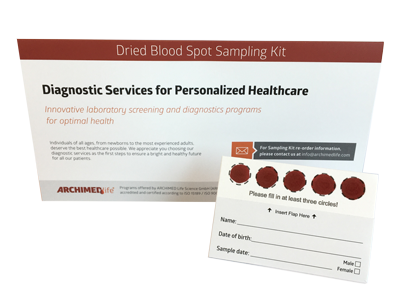



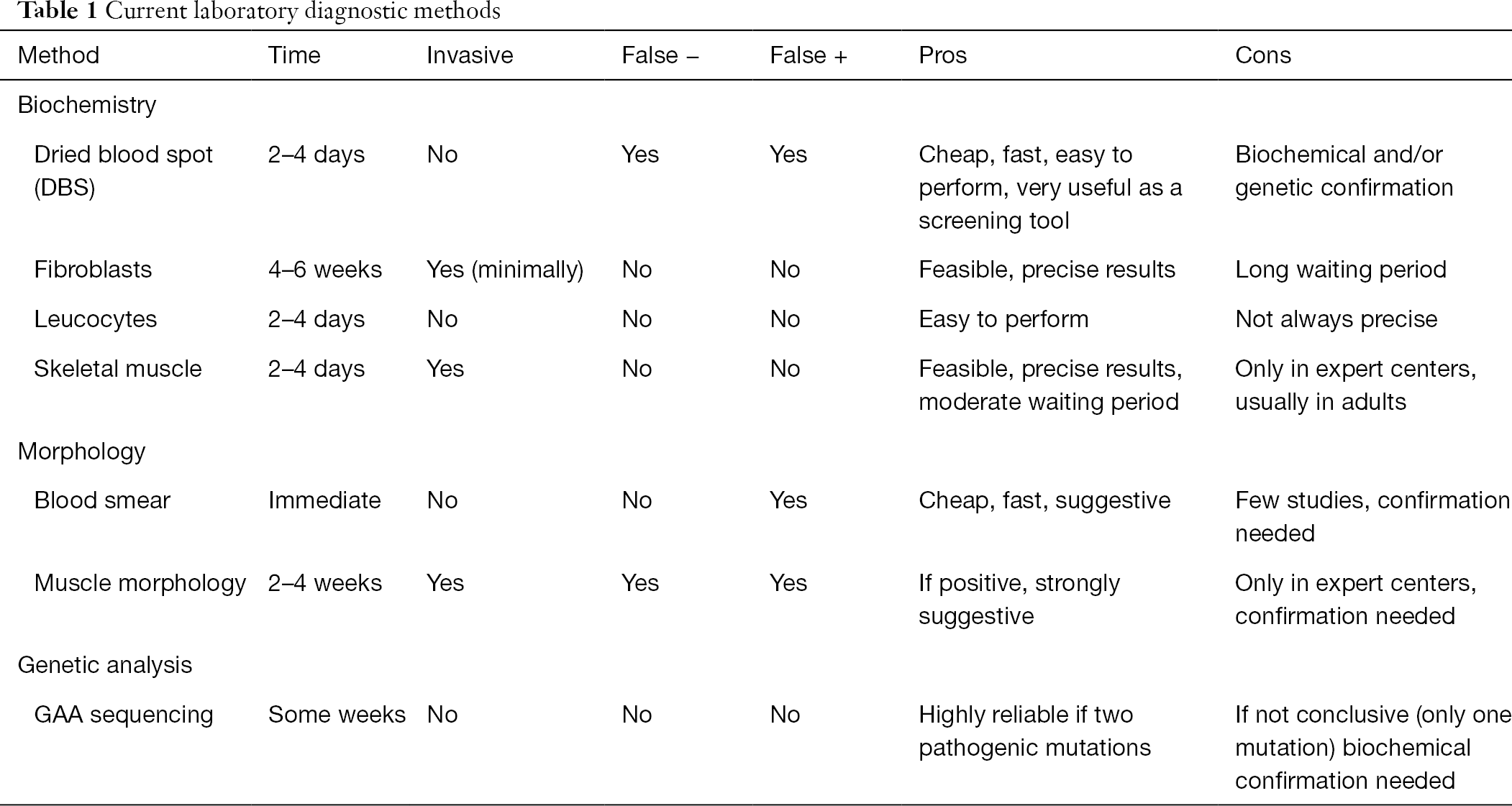







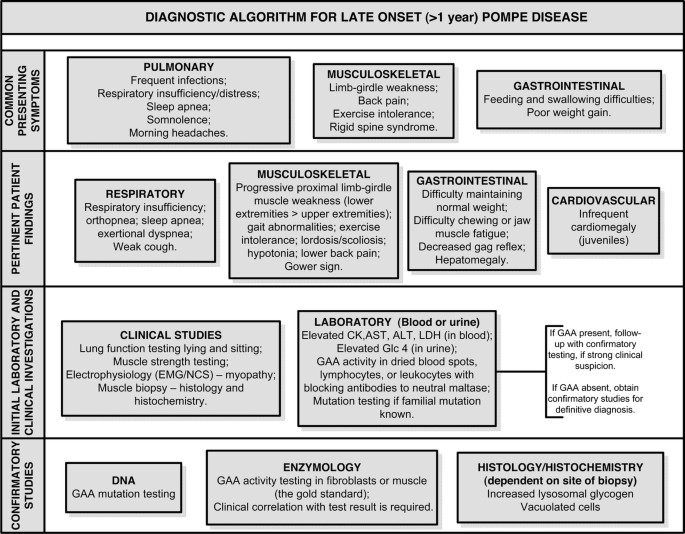



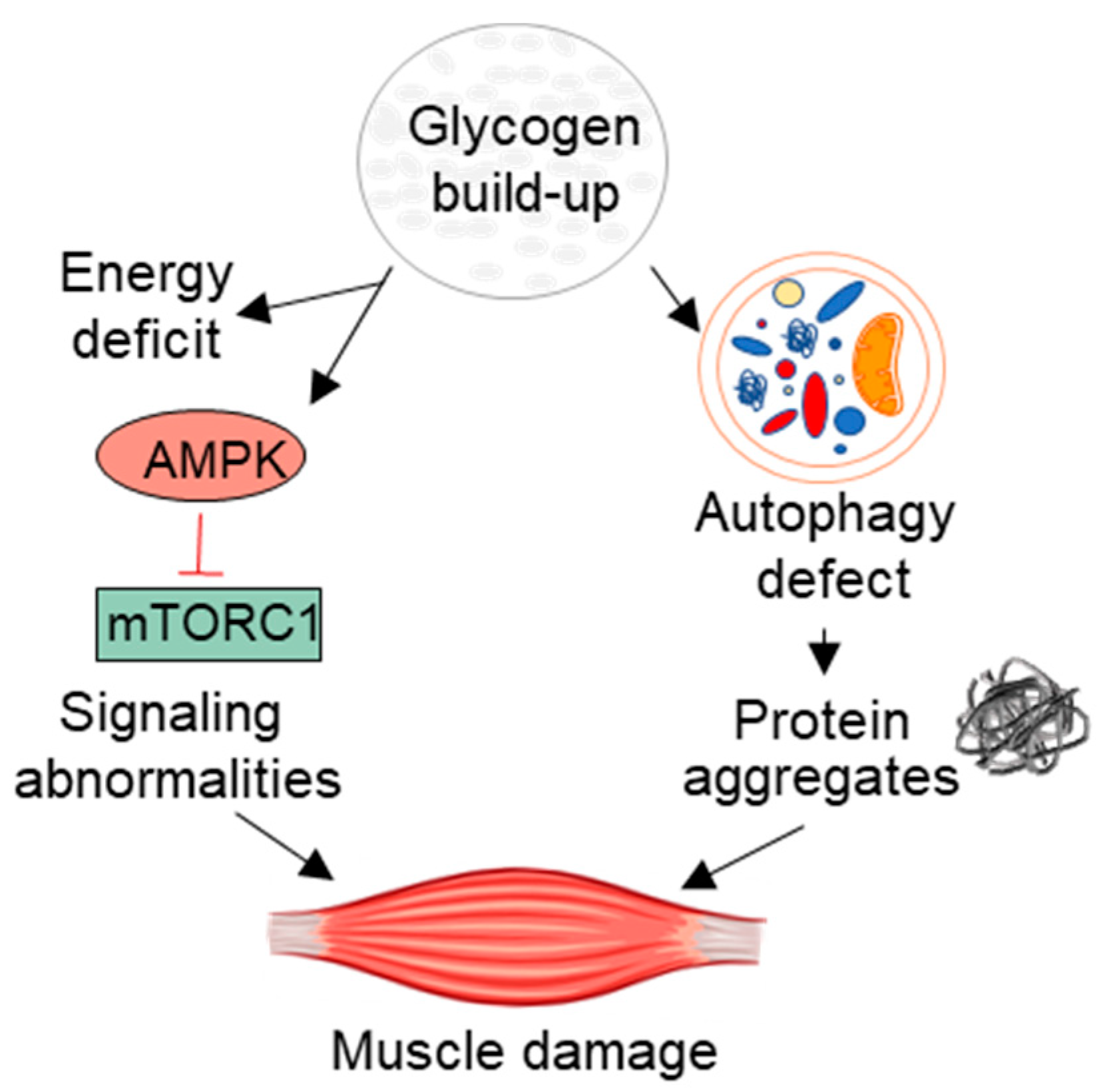










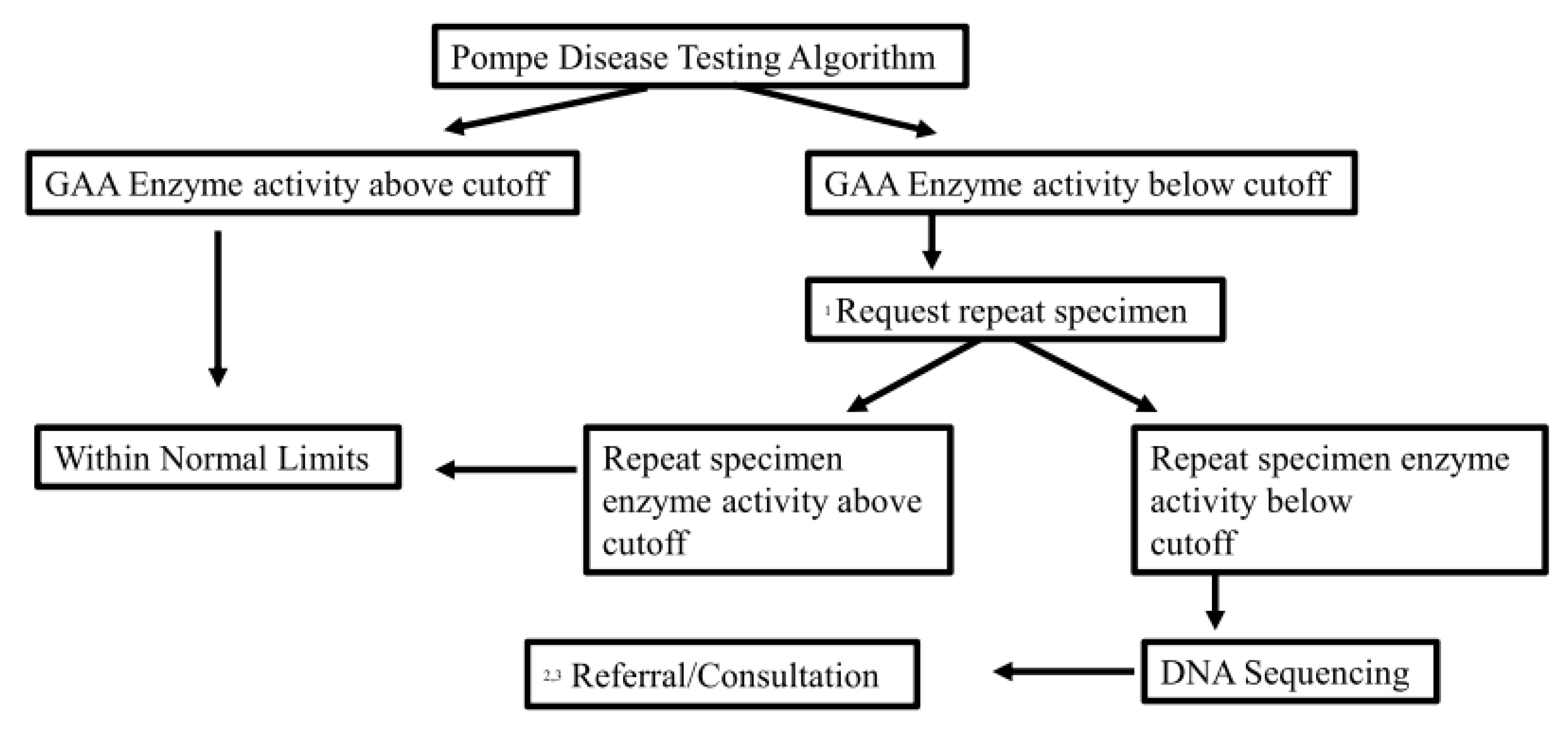





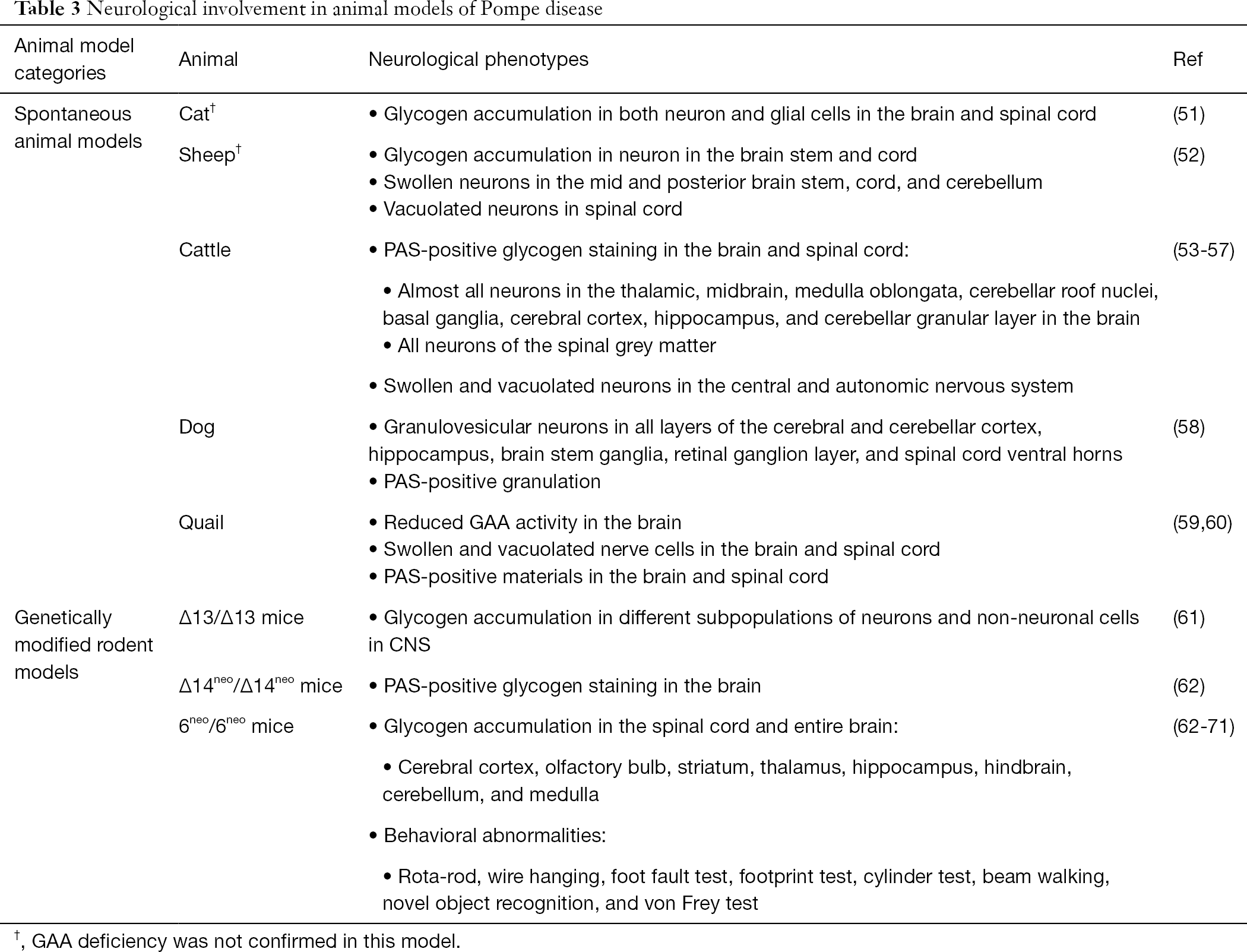


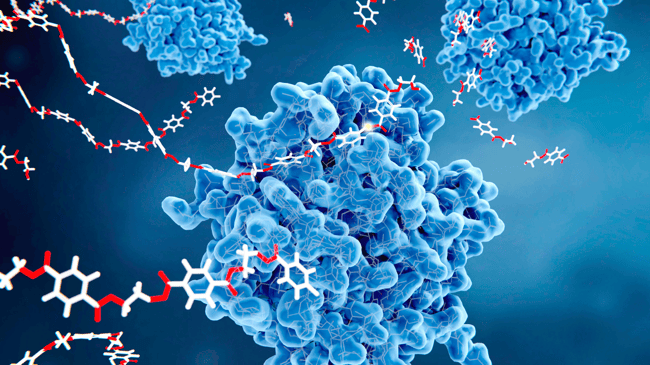
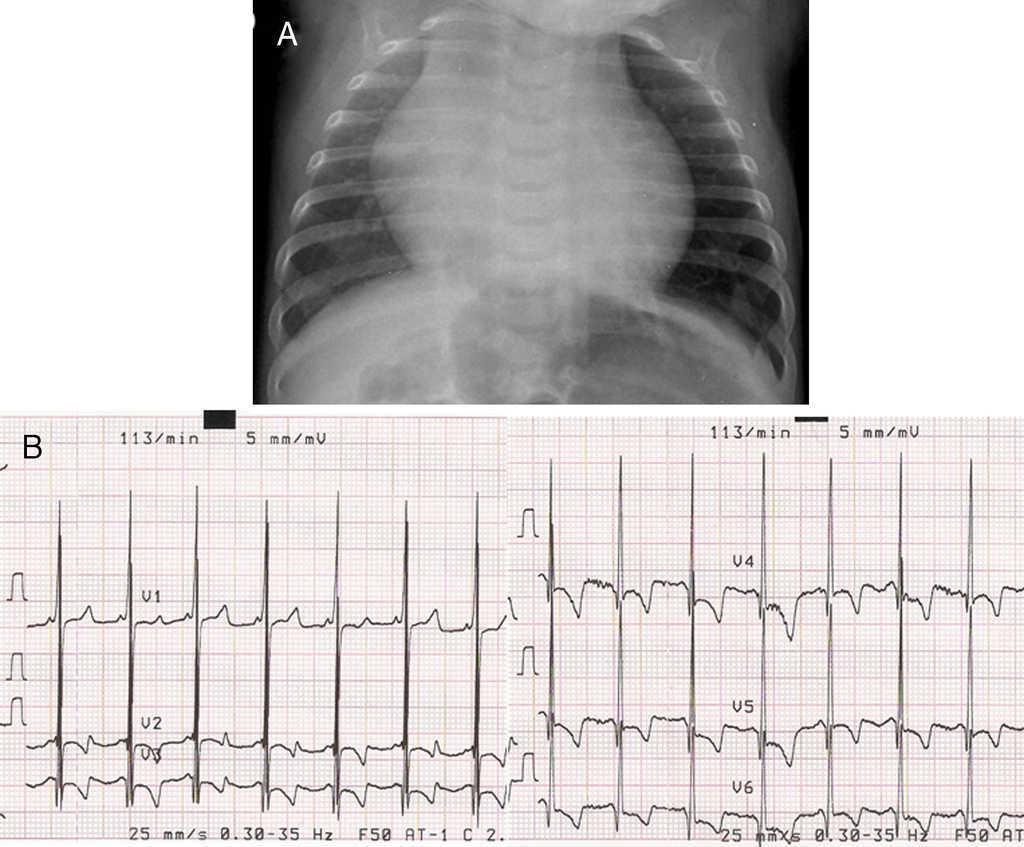
Post a Comment for "Pompe Disease Blood Test"